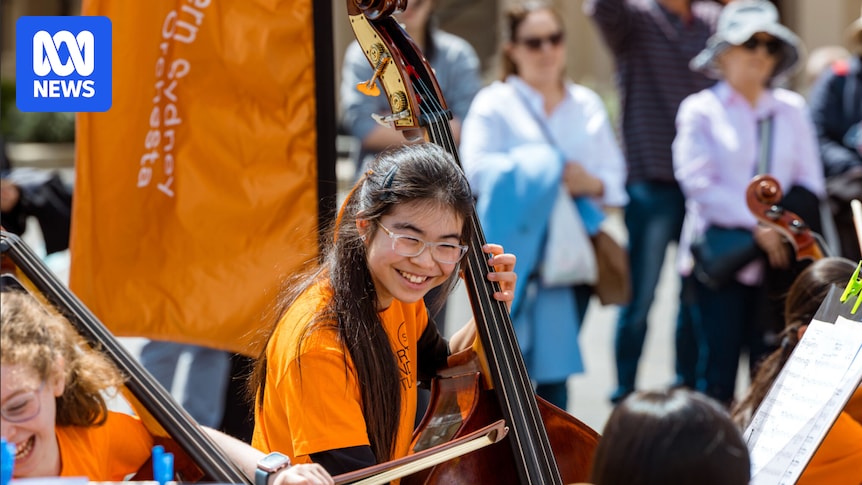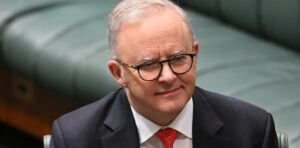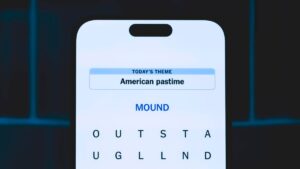
What do youth orchestras and kids’ sports have in common? Both serve as training grounds for future stars. In the world of music, youth orchestras bring together the most talented young musicians, providing them with opportunities to hone their skills and form lasting friendships. Conductor, musician, and arranger Benjamin Northey, a prominent figure in the music scene across Australia and New Zealand, attributes much of his success to his early experiences in the Melbourne Youth Orchestra (MYO).
“I’ve had my entire pathway of musical training in Australia,” says Northey, who has been the chief conductor of the Christchurch Symphony Orchestra since 2015. As he prepares to step down from this role at the end of the year, Northey reflects on the crucial role youth orchestras have played in his career. “Youth orchestras bring together the crème de la crème of musicians across the state,” he notes.
The Role of Youth Orchestras in Musical Development
Youth orchestras across Australia have been nurturing young musicians for decades. The Melbourne Youth Orchestra, established in 1967, and its counterpart in Sydney, founded in 1973, are just two examples of organizations that provide young musicians with a platform to develop their talents. These orchestras consist of various subgroups catering to different skill levels and genre preferences.
Northey joined MYO in the mid-1980s, where he began as a saxophonist and toured extensively. “Every Saturday morning, my mum used to drive me down to Melbourne [for rehearsals] from Ballarat where we lived,” he recalls. The experience offered him high-level training as an ensemble player at a pivotal age, enabling him to focus on music at a much deeper and higher level.
Providing Equal Opportunities
According to Taj Aldeeb, one of ABC Classic’s youngest presenters and a recent MYO graduate, youth orchestras are vital in providing equal access to music education. “MYO was founded by educators who realized that music is important for people to immerse themselves in, no matter what kind of status they have,” she explains.
Aldeeb, who moved to Melbourne from Syria at age 14, found that music helped her connect with both her old and new cultures. At 24, while studying piano at university, she joined MYO as a percussionist. “Before I knew it, I became the head of percussion,” she says, emphasizing the leadership opportunities the orchestra provided.
Opening Doors to World-Leading Orchestras
Phoebe Russell, a double bassist and MYO alum, exemplifies how youth orchestras can open doors to prestigious opportunities. At 17, she played with the Berlin Philharmonic, one of the world’s most renowned orchestras. “In my last couple of years at MYO, we basically played a lot of the professional repertoire that I tackle in my career every day,” Russell recalls.
Now the principal double bassist at the Queensland Symphony Orchestra, Russell reflects on the impact of her youth orchestra days. “The memories of playing music with your friends when you’re really young stays with you for life,” she says. Her experiences highlight the lasting personal and professional impact of youth orchestras.
The Big Busk: Celebrating Youth Orchestras
In celebration of the contributions of youth orchestras, the annual Big Busk will take place on Saturday, September 20, in various locations across Sydney and Melbourne. This event showcases the talents of young musicians and underscores the importance of these organizations in fostering the next generation of musical talent.
As youth orchestras continue to nurture young musicians, they not only open career pathways but also forge lifelong friendships and community bonds. The experiences and skills gained in these formative years often shape the future of aspiring musicians, leaving an indelible mark on their personal and professional lives.







